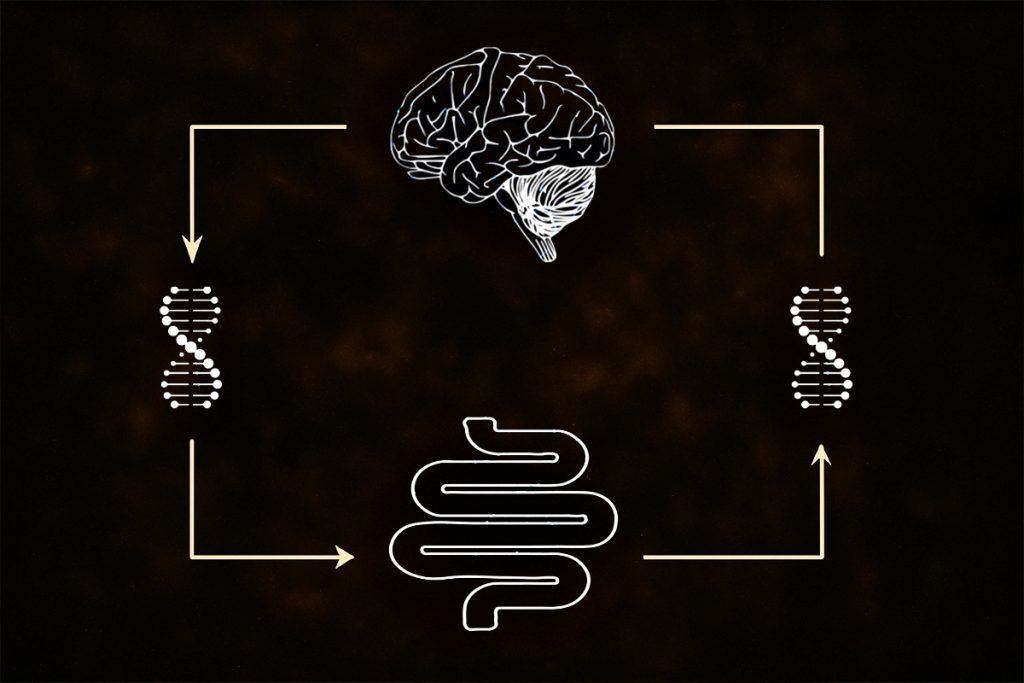
There may be a tendency for the unfit to look at the fit and feel somewhat hopeless, that a mountain lies between where they stand in unfitness and any benefits that might result from exercise. In fact, the data on exercise and measures of health suggests quite the opposite. The further removed from the pinnacle of fitness one stands, the more one benefits from just a little incremental extra exercise. When actually fit, adding additional exercise to the schedule brings only diminished benefits. So one sees studies of older people in which, when using accelerometers to accurately measure differences in lower levels of activity, those who walk and garden a little are far better off than those who are more sedentary.
This applies more or less regardless of how impacted by aging and disease one is. Thus in today’s open access paper, covering the results of a study of physical activity in hypertensive patients, the most sedentary have a worse prognosis than those who exercise at least a little. Becoming more fit is actually one of the better ways to treat hypertension, though it has to be said that having high blood pressure is so very damaging that the well-established antihypertensive drugs can appear an attractive option over the time taken for physical activity to control high blood pressure to the same degree as the pharmaceuticals can.
Effects of physical activity on blood pressure and mortality among aged hypertensive patients: A cross-sectional study
More than 1 billion individuals across the globe are affected with hypertension (HTN). One of the leading causes of cardiovascular illness and death globally is HTN. It is a major risk factor for cardiovascular disease in the elderly, which accounts for around 13.5% of all deaths worldwide. The risk of cardiovascular disease is doubled for every 20/10 mm Hg increase in systolic/diastolic blood pressure (SBP/DBP). Cardiovascular events and all-cause mortality are still linked to high SBP levels, even in elderly HTN patients who are taking antihypertensive medication. To reduce the possibilities of cardiovascular events and mortality, it is crucial to focus on reducing blood presure (BP) in elderly individuals with HTN.
We conducted a cross-sectional study using 10 cycles of the National Health and Nutrition Examination Survey data from 1999 to 2018. Our sample consisted of respondents aged 65 years or older with HTN, who underwent thorough in-person home interviews. We used a questionnaire to assess their physical activity (PA) levels and divided them into 2 groups: physically active and inactive. We then used logistic analysis to determine the association between PA and death in HTN patients. The gender distribution was nearly equal among the 11,258 participants, with a mean age of 74.36 ± 5.88 years.
Patients in the physically active group were less likely to suffer from comorbidities than those in the inactive group. A negative correlation was found between physically active and systolic blood pressure and a positive correlation between physically active and diastolic blood pressure. There was a much higher risk of death from any cause and heart disease in the inactive group in the uncorrected proportional hazards model (all cause hazard ratio 2.96; cardiovascular hazard ratio 3.48). The risk of death from any cause and HTN mortality was still significantly higher in the physically inactive group, even after controlling for age, sex, and race or taking all covariates into account. These results emphasize the importance of PA in reducing the risk of HTN and mortality in aged patients.
#Late #Exercise #Hypertensive #Fight #Aging



